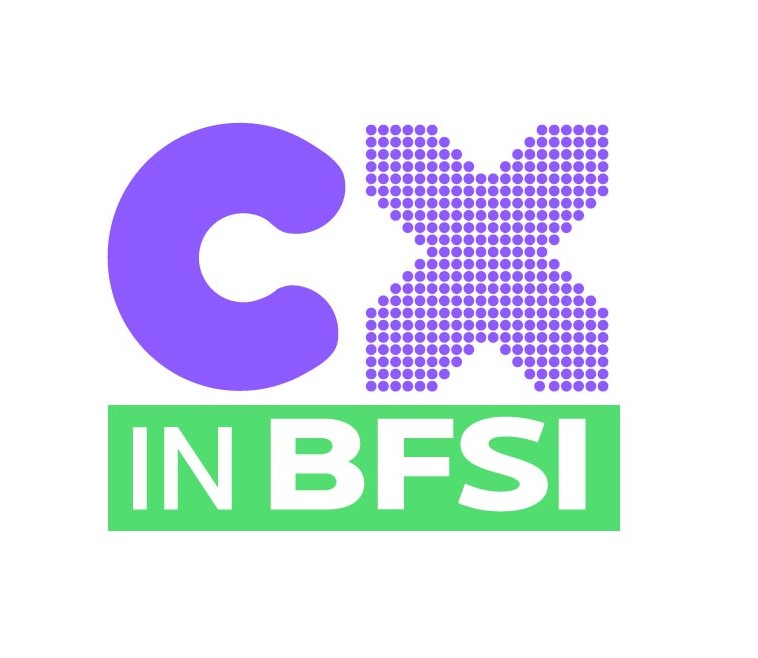Will Neobanks Disrupt the Banking Sector?
Legacy banks are facing challenges as they partially migrate to the cloud or develop strategies for a multi-cloud data infrastructure environment, whereas neobanks have the advantage of building AI-enabled personalisation leveraging their data infrastructure from the beginning
Topics
What to Read Next
- TripleLift Announces Partnership with Attain to Unify Context and Commerce
- Seedtag Partners with IRIS.TV to Expand Contextual Signals for CTV Targeting
- Magnite, Cognitiv Announce Deep Learning Integration for Real-Time Curation
- Dscout Announces Integration with HeyMarvin
- Comscore Launches Program-Level Capabilities within CCM











































































































